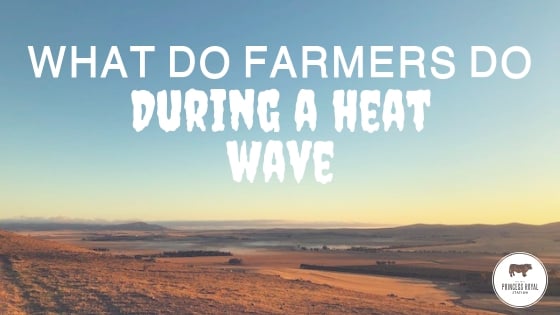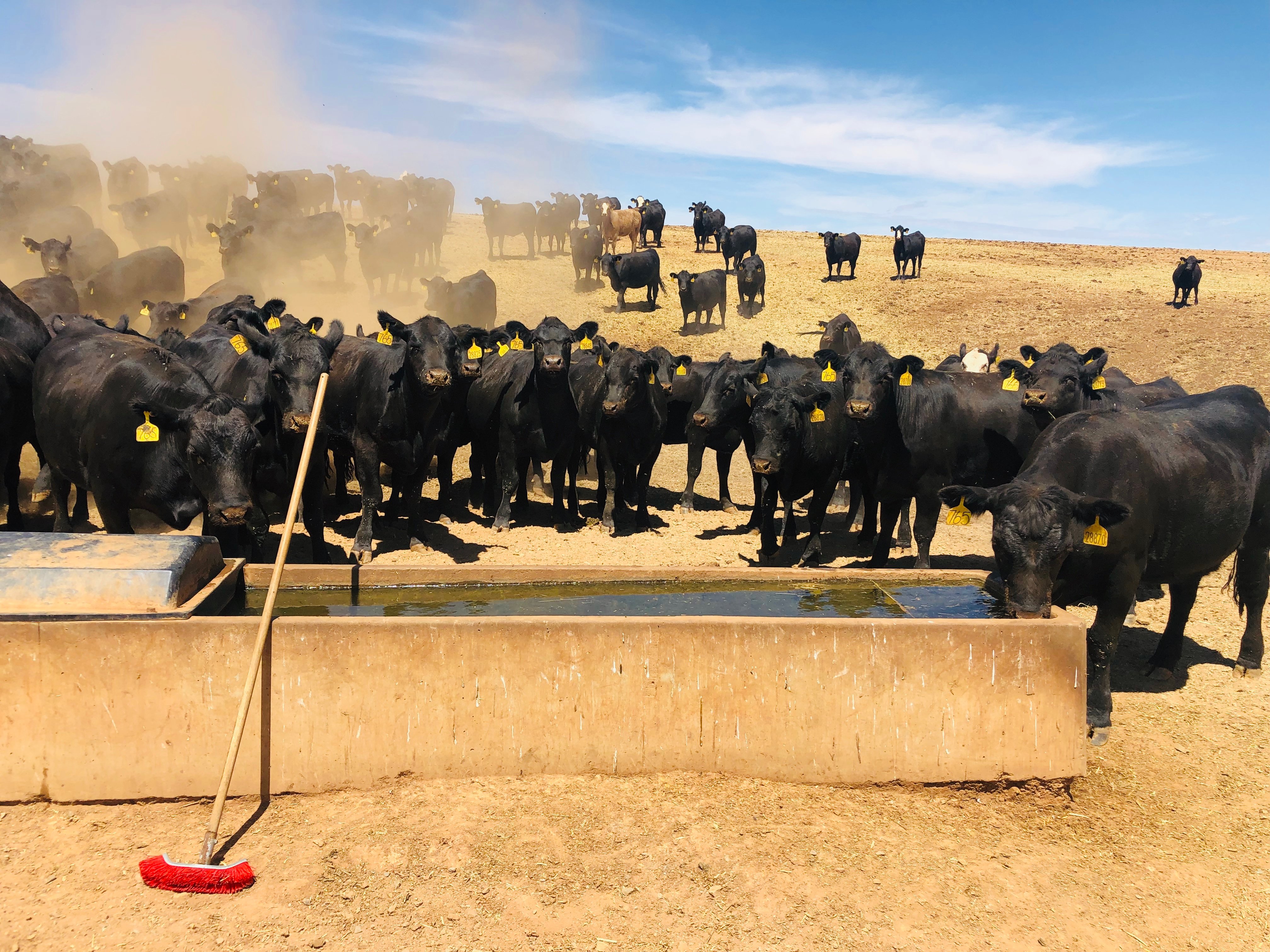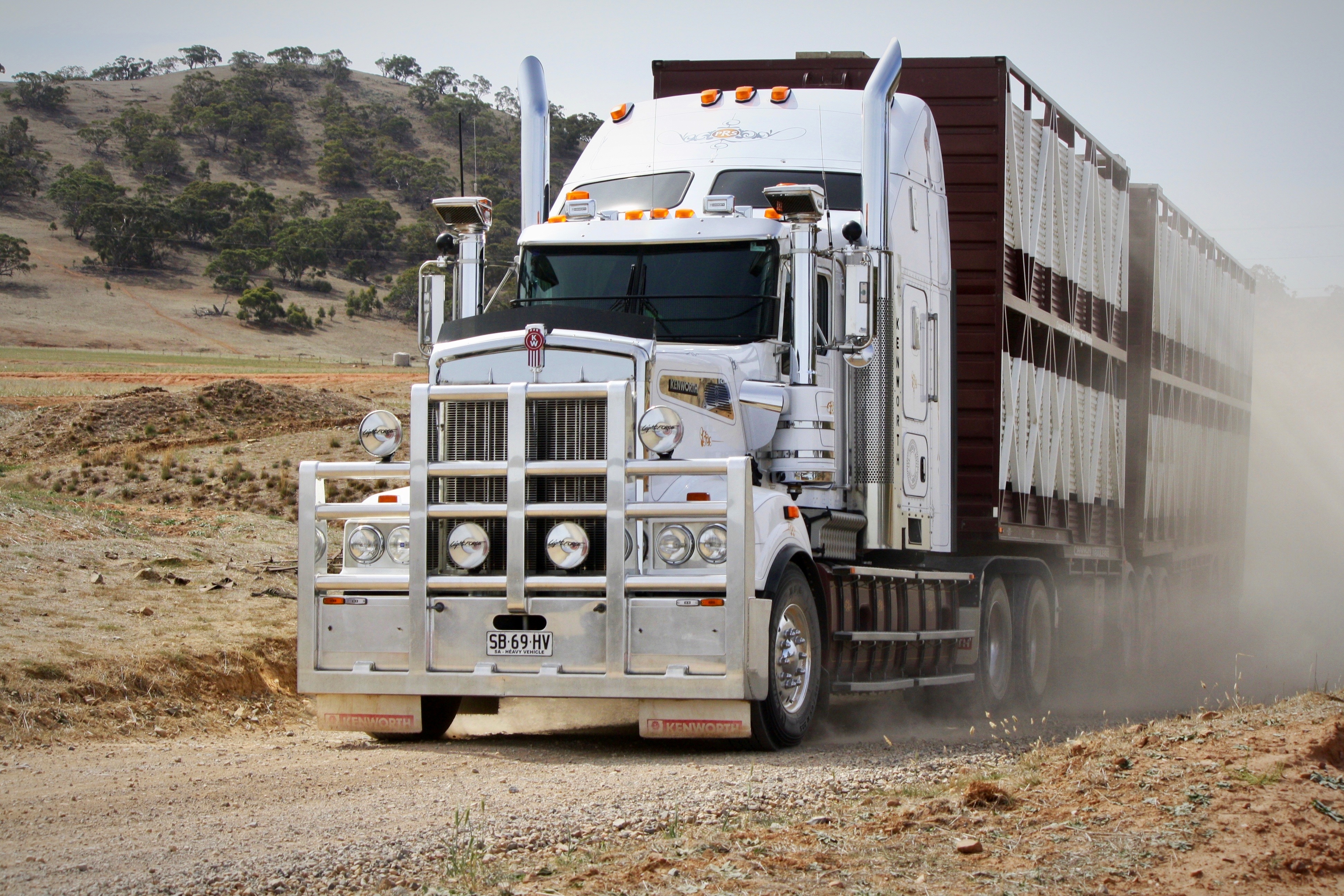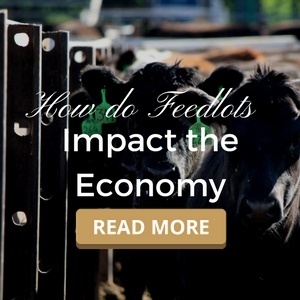
Well, firstly they get up earlier... much earlier. Starting early and finishing early ensures that they can get through all the day’s tasks. Water runs and checking troughs becomes a priority for obvious reasons.

Often producers will prefer to work or move stock at night after their livestock have had time to cool off from the hot day. It is essential that the livestock are allowed enough time to cool down. It is important that producers keep an eye on livestock during the day and monitor their condition to make sure they are not suffering in the heat.
Keeping an eye on the weather is key to ensuring that plans can be put in place to avoid working stock during hot weather.
Transporting stock during hot conditions:
Where there are any adverse weather conditions that may cause livestock to suffer heat stress predicted, care must be taken before livestock are loaded. The duration of the trip and the airflow available to stock must also be considered. If hot and humid conditions are expected, livestock will most likely suffer and should not be transported until the conditions change.

Fire danger season:
The fire danger season in Australia is usually around the same time of year as harvest. In South Australia, the fire ban starts in around November and ends around April.
During harvest, farmers must keep a close eye on the weather conditions to prevent any risk of bushfires. Country towns have fire danger warning signs that give farmers an indication of the level of risk of a bushfire on any given day.
The CFS is usually the best point of call when farmers are unsure of the risk of a bushfire and it is something that producers take very seriously. The widespread damage and destruction that a fire can cause can be devastating, as we have seen far too often.
For more information on safe bushfire practices and farm fire safety visits the CFS Farm Fire Safety page.
At the end of the day there is still a lot of work that the farmer needs to get done, hot or not. Keeping informed about any incoming weather, ensuring that livestock are coping with the conditions and adjusting normal daily tasks is key to getting through hot periods.

